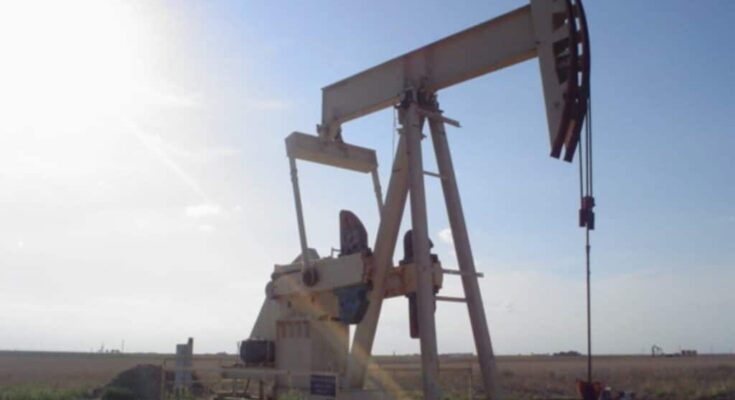
International Energy Agency (IEA) reports that fossil fuels like oil, gas and coal may become much cheaper and easier to get in the coming years.
This change is expected as governments push for cleaner energy sources by the end of the decade.
The IEA suggests that the world may soon have more fossil fuels than necessary for economic growth. As a result, prices could drop for both households and businesses.
The report from the Paris-based IEA suggests that energy users might soon get relief from recent rises in oil and gas prices caused by global conflicts. The reason: Investment in new fossil fuel projects is outpacing demand.
Fatih Birol, the IEA’s executive director, stated that the report supports their earlier prediction that fossil fuel use will peak before 2030 and then start to decline as climate policies kick in.
However, the IEA also noted that ongoing investment in these projects could lead to lower prices for oil and gas in the market.
“I can’t say whether or not we will see [oil prices of] $100 a barrel again, but what I can say is that despite the ongoing conflict in the Middle East we are still seeing oil prices in the $70s,” Birol said.
Oil prices fell below $74 amid low demand from China
On Tuesday, oil prices fell below $74, fueled by concerns over weak demand from China. IEA noted that while conflicts in the Middle East could still disrupt oil and gas supplies, the overall outlook shows signs of relief in the market.
IEA says that lower prices could be expected in the future.
The takeaways from today's @IEA World Energy Outlook in graphs/comments. Fossil fuel demand to peak this decade, rising by 2.6m bpd between 2023 and 2023 under Stated Policies scenario (STEPs). global surplus to rise to 8mbpd by 2030. Geopolitics add huge dose of uncertainty pic.twitter.com/3vinR58P5F
— Michelle Wiese Bockmann (@Michellewb_) October 16, 2024
By the end of the decade, global oil prices may stabilize around $75 to $80 a barrel, based on the IEA’s main forecast. This is a drop from the average price of just over $100 a barrel seen in 2022 after Russia’s invasion of Ukraine.
IEA predicts a sharp drop in gas prices for the European Union. After hitting a record high of over $70 per million British thermal units (MBtu) in 2022, gas prices are expected to fall to $6.50 by the end of the decade. This decline follows a surge in gas projects in recent years.
Investment in liquefied natural gas (LNG) exports increased significantly after Russia’s invasion of Ukraine, which cut off much of the pipeline gas supply to Europe. The IEA estimates that global LNG capacity will grow by nearly 50% by 2030, exceeding the world’s expected demand in all of its forecast scenarios.
IEA reports that rising crude oil production from new projects in the U.S., Canada, and South America could lead to a supply surplus in the future.



